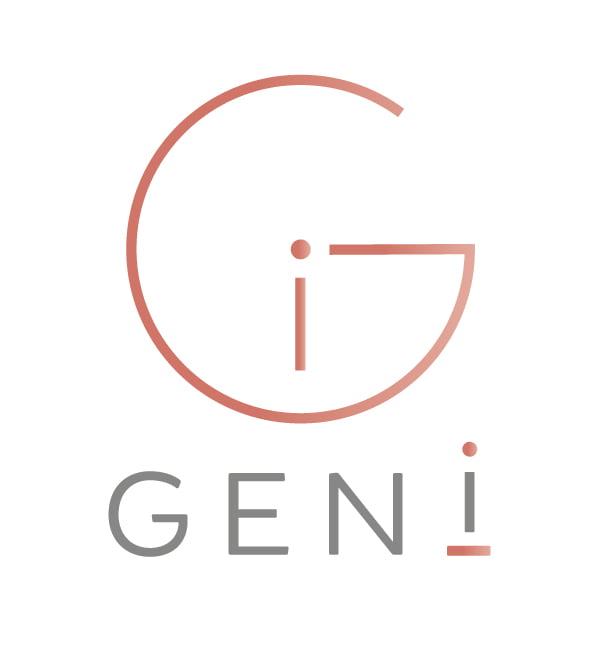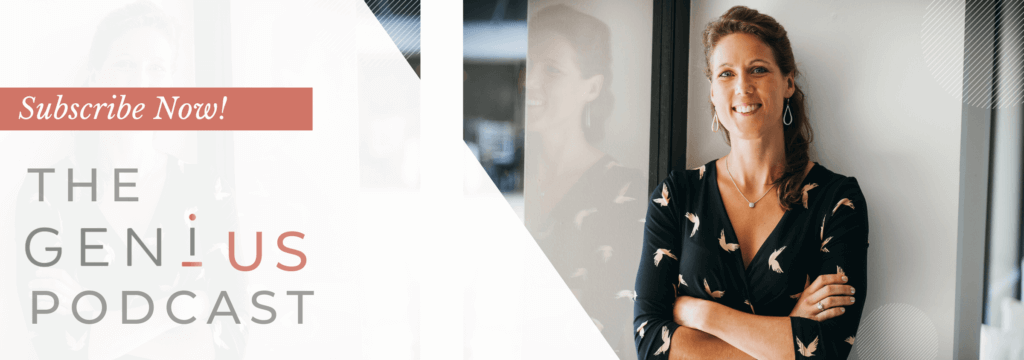What is the HOW Skill Set?
The HOW skill set are the tools that enable you to make change happen. From the arrival of the idea to its activation, the HOW skill set empowers you to make your vision a reality.
Many people struggle with this – and with good reason.
You may have an amazing idea or dream but just…never managed to make it happen. Change felt like a battle, with bad habits, procrastination and poor time management thwarting your every action.
The 5is, however – the central tools in the HOW skill set – allow you to cut through these different weaknesses, obstacles, or misgivings, with a simple five-step process.
I have met so many people who know the WHY and WHAT of their desired change but rarely the HOW. That’s where the HOW Skill Set is vital.
The 5is: How to Make Change Happen.
I’m someone who is very comfortable with change and implementing it in my own life and love teaching it to others. Friends, family and colleagues all know this. I am the combination of structured and intentional, and someone who is comfortable with pivoting frequently, adapting, realigning and progressing.
Over time, I realise this is a very useful skill set, one that I teach to our Gen-ius Journal members and love offering through our weekly Q&A calls. Regardless of circumstances, individual or goal, there is a pattern of the steps you will have to go through – and this has formed the 5is or ‘HOW Skill Set’, as I call it now.
It all starts with…
1. Intention.
Change starts with clarity of intention – and intention is all about stretching out. So, put aside those micro-tasks that are cluttering your mind for a moment – and think big. ‘Stretch’ your mind to the future.
Your intention is about those central things that direct your life: your aspirations and goals, that vision of happy family life, or of that great big pay-check.
Intention is the basic element of the HOW skill set. Because to make change happen, you need to have a clear image of where you want to be heading. So, think carefully about what this image looks (and feels) like for you.
On a given evening in the future, how will you be feeling? What will you have done that day? And who will be with you? This is the destination for your journey, and no one can start without knowing where they are heading! Whilst this seems simple, too many people miss this step. They charge forward… but they have no idea where they are headed!
Clarity of Intention is crucial to great execution.
Check out this podcast for a great guide on HOW to find your intention…
2. Insight.
Once you have that clarity of intention, your next task is to consider WHAT you need to do to make that happen. From all your research, all your thoughts, you’ll have some ideas on this already.
However, ideas are often confusing, imprecise things. To combat this, firstly focus on your intention, your Dream Day – and ensure all your ideas are directly connected to it. Get these ideas out of your head and concretely onto paper. Whether that’s too many distractions, poor time management or ideas to make it better. Use mind-maps: go wild, and get down anything with the slightest shred of relevance.
Get all those ideas out of your head!
Check out this podcast
In this episode, I explain a useful tool to help you gain insight into what changes you need to make.
3. Identify.
You now have a list of tasks to be done and changes to be made. You can now see your dream at the end of a list of actionable steps. The next step in the 5is process is to identify these and to prioritise them.
You will not execute each task in the same way, nor at the same time. You need to categorise and identify to succeed.
Categorise.
Firstly go through your list and categorise each task by the way in which it will be executed. Tasks will fall into one of two categories:
- Actions – One off tasks
- Habits – Routine tasks
However, the job’s not finished yet! Each task does not have the same effect, the same magnitude, the same significance for turning your intention into reality. This is what you need to identify. And to do this, I use two central terms: impact and influence.
Impact.
Some tasks have an immediate effect – on both you and those around you. These are tasks of big impact.
They make you feel good, they make you immediately more productive and motivate you to make more changes.
Influence.
And then there are tasks which make future tasks easier. These cultivate the environment that make future changes more manageable; they lay the ground for future developments.
4. Implementation.
We’re now into the depths of the HOW skill set: implementation. You have your actions and their priorities but now’s the time to plan HOW you are going to make these happen.
All of your actions will need time to complete. So it is important to consider your time management – explore your biggest distractions, look at how you plan your work and structure your day. These skills are all important.
You need to consider time allowance and make sure you don’t overwhelm yourself or your staff. The key to implementation is executing and finishing that which you set out to complete. If you get all your tasks finished in a week you can always begin on those allotted for the following week.
The most demoralising thing is NOT completing – so be sure to be reasonable in what you can achieve. As, you’ll have broken all your tasks down, allocate time allowance for each task or create a batch of time each week for you to work on this and execute.
Where plans fail is when people try to do everything at once. Overwhelm hits and then it fails. The key here is gradual and strategic completion, knowing when, where, and with whom you are going to do these things. Really try to resist the urge to start everything in the first few weeks. This is where my planning worksheet really helps!
Implementation is all about planning HOW these individual tasks are going to be effectively completed or delegated over a period of time.
5. Integration.
In my experience, it’s usually not best to attempt to start all of your new habits all at once either. Consistency, rather, is the key. The best way to integrate your new habit is to identify what that means about you. That is how you are going to do things from now on: it’s now part of who you are.
Habits.
The beauty of habits is that they slowly become unconscious: you just do them – like which leg to put into your trousers first in the morning. Left or right? The task gets completed without you even thinking. You can do the same with your work (and life) habits so that they work for you daily – moving you closer to your goals each day, to the person you want to be.
So, in addition to your tasks, you will work to incorporating one or two (no more!) of your high priority habits. Look for consistency and completing them, aim for your habits to be daily so you begin to create a daily (or weekday) routine. The more you repeat it, the quicker it will become a routine.
If a habit is a hard one to start, begin small and scale up. When you start running, say, begin by just walking for fifteen minutes each morning. Then you can stretch to thirty minutes, then begin to slowly jog. This works best.
This is most important with those tasks that you have identified as routines. How do these tasks fit into the rest of your life? Think about the cues and responses of habit formation and the supportive structure around you that you will need to make sure change lasts forever.
But it doesn’t need to be all serious. Habits are enforced through rewards – through rewards that you look forward to, that you crave, that make the process worthwhile.
The key to change is in HOW you implement it.
Want to make change happen?
Learn the 5i’s in easy daily lessons using the
Gen-ius Journal







